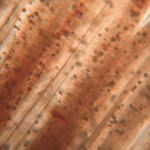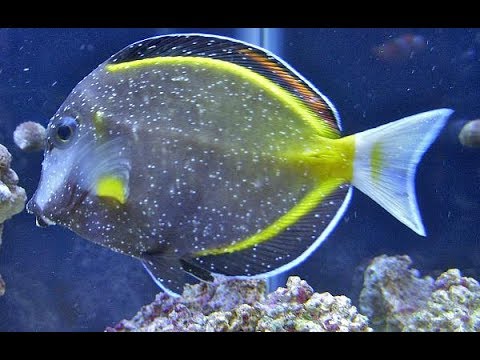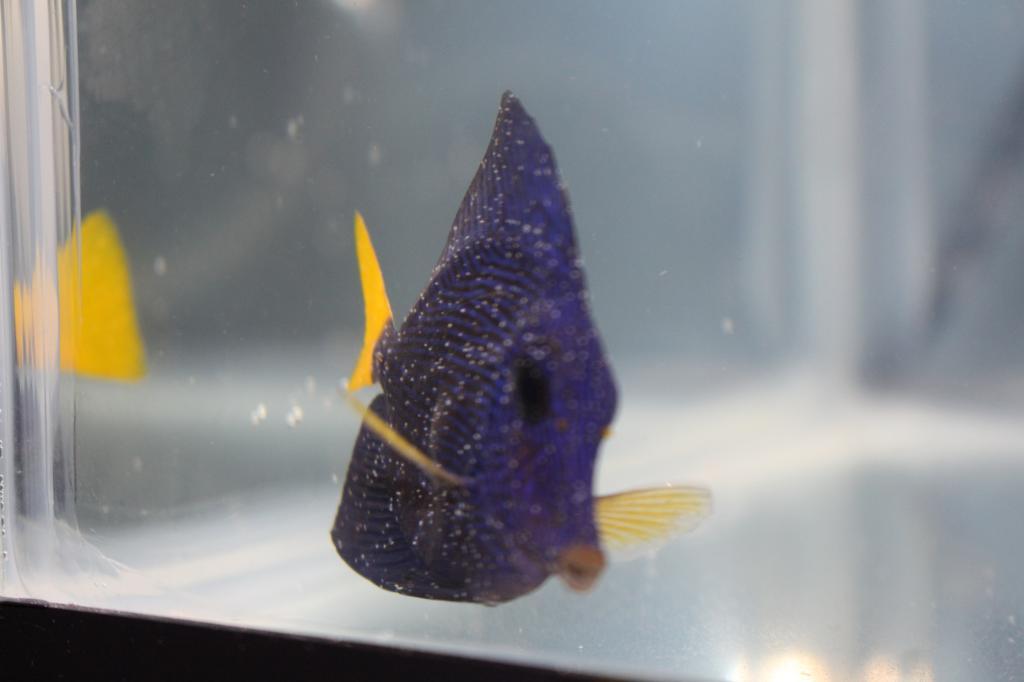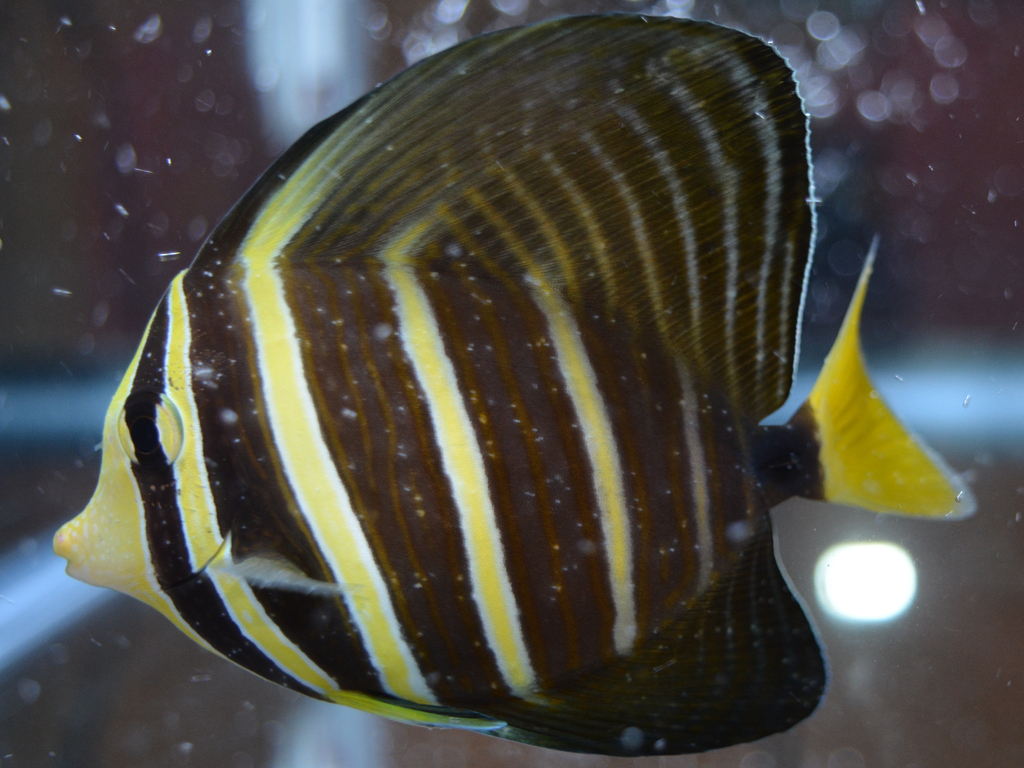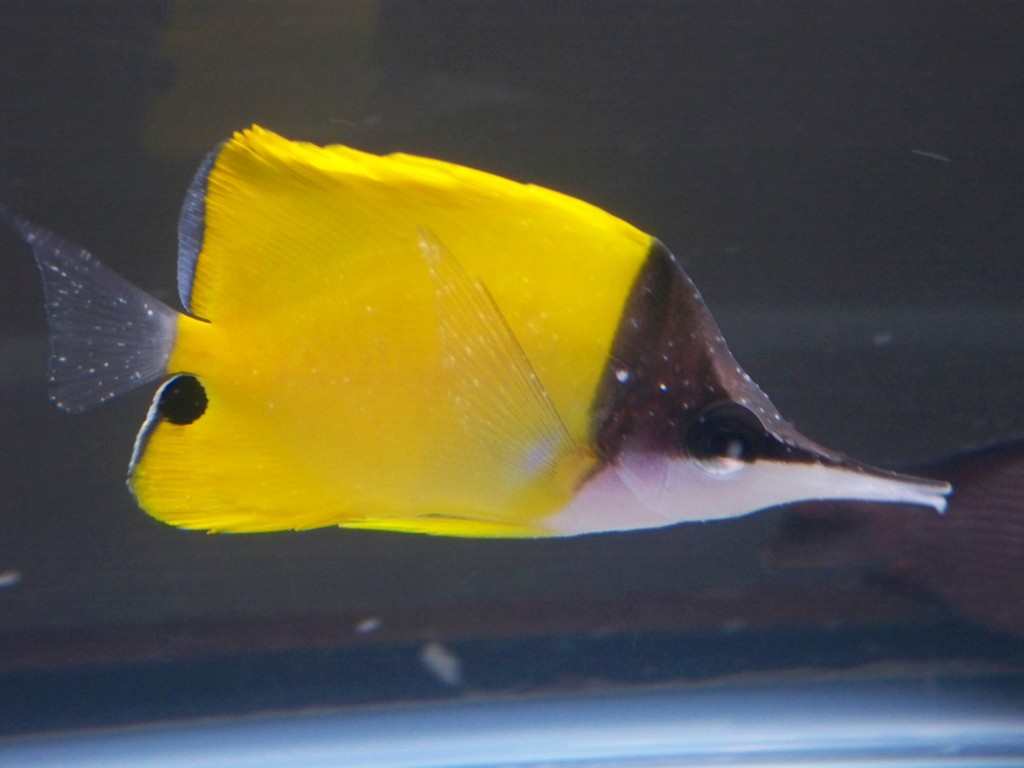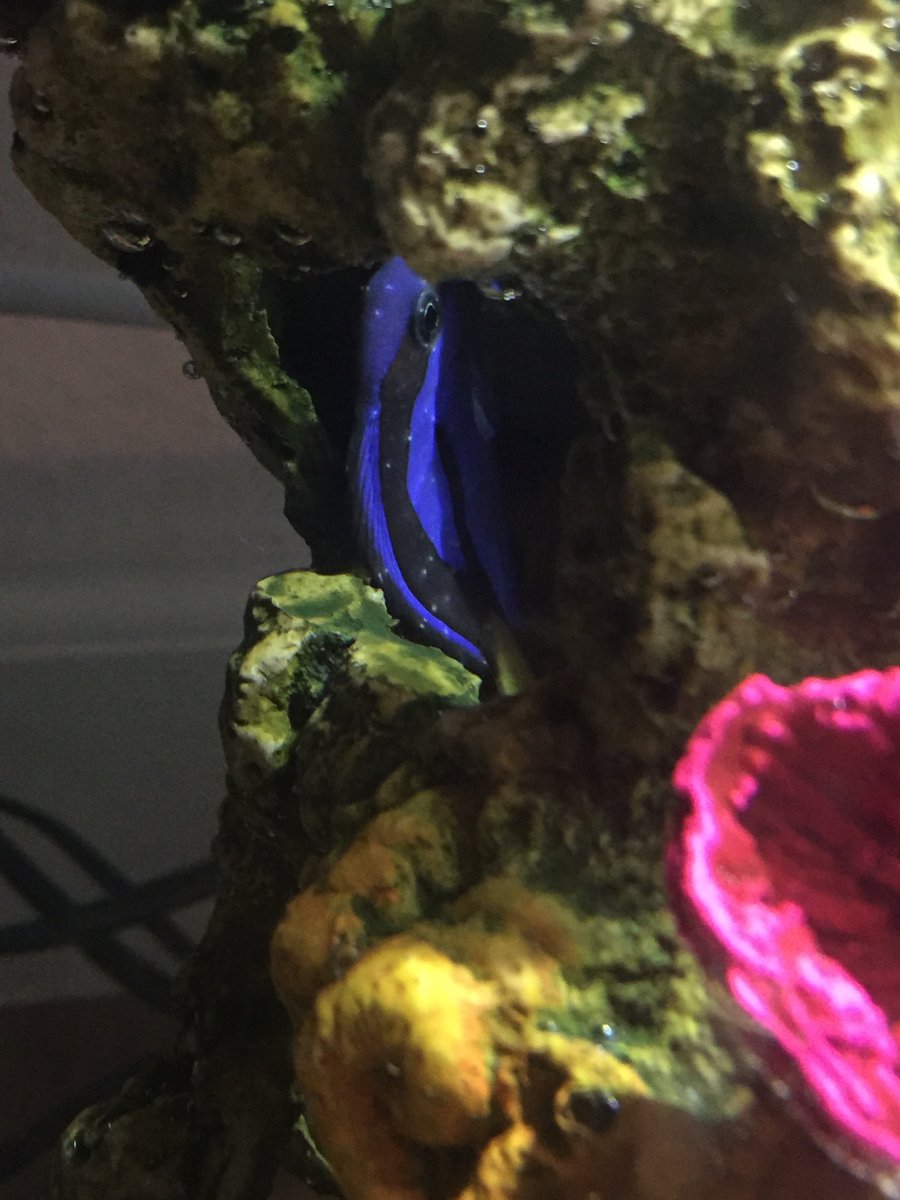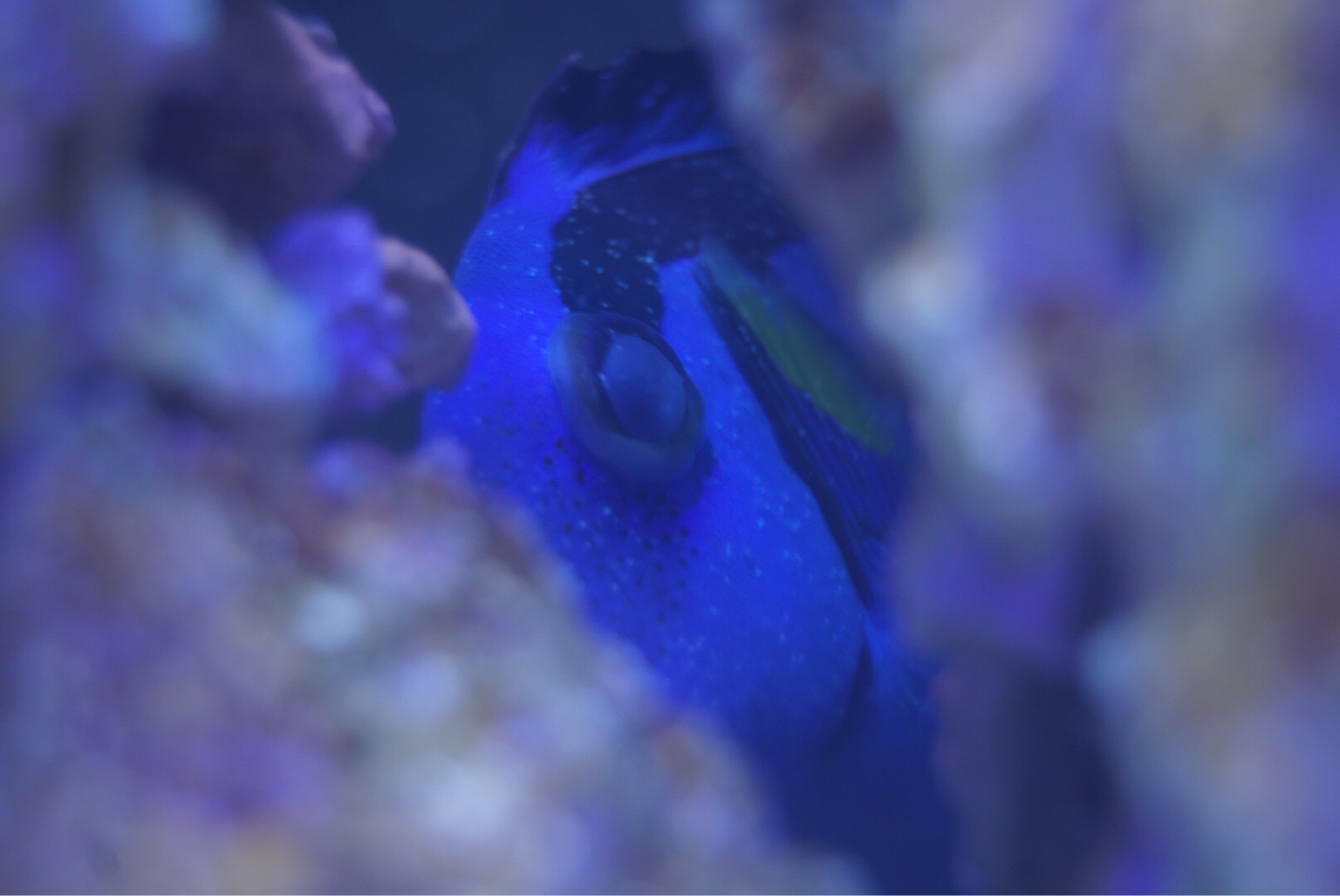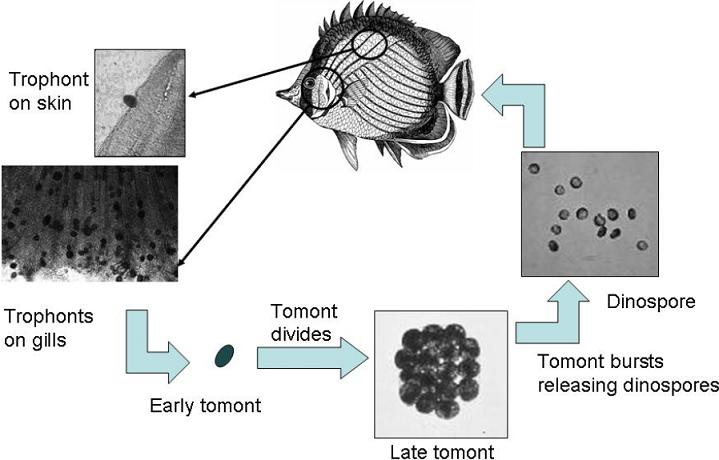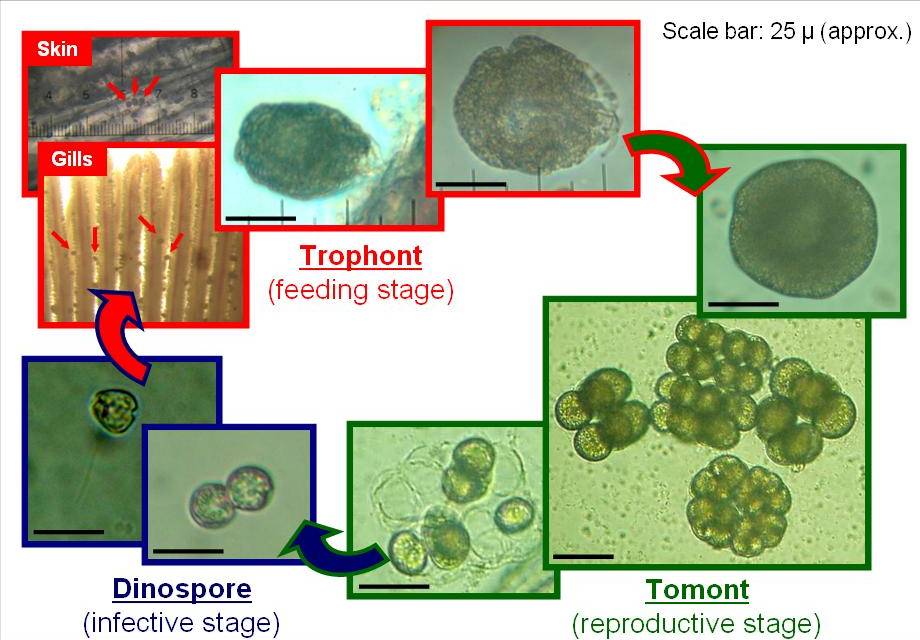- Joined
- Apr 22, 2017
- Messages
- 34
- Reaction score
- 19
@Humblefish so here is a loop for you. So I bought some coral from a LFS store. Brought the coral home, dipped two times. Scrubbed the bases with a toothbrush and pried them off the original base and put them into my tank (I have a QT for fish but not for coral yet). So I went back to the same LFS fish store to pick up some stuff and the owner told me the tank that I had gotten the the coral out of had a fish he just pulled that he is 100 percent sure had velvet.
So now here we are 80 days into letting my tank be fallow (learned my lesson here with ich). Just to find out that the coral I just bought and have in my tank (although extremely thorough cleaning) had a fish that had another plaque (velvet).
So now, do I start putting fish back into my DT, what do you think the likelyhood is that I brought it over. Argh so frustrating. I really don't want to do another 6 week fallow period here. Sorry to necro.
Black molly test?** This information was originally posted here: https://humble.fish/community/index.php?threads/black-molly-quarantine.55/ **
Preface - Freshwater (FW) black mollies have been used for years in saltwater aquariums for algae control. However, this write-up will focus on their potential for identifying marine fish diseases present in a display tank (DT) and also quarantine tank (QT). The most important detail is to ensure you are using Freshwater black mollies for this purpose. Two reasons:
- Evidence of ectoparasites (e.g. ich, velvet, brook) will show as white spots on a fish or translucent for flukes. This makes them easier to see on a black colored fish.
- A freshwater black molly will have no acquired immunity to marine diseases, thus making it probable for visible symptoms to show. (In this study, a stable infection of Cryptocaryon irritans was maintained for 2 years using black mollies.)



Acclimation - A slow acclimation period is best. I prefer to setup a simple 10 gal tank (pic below) and convert them to saltwater over a week. Most (freshwater) diseases the mollies were carrying will be eradicated once they are in full seawater. If you happen to see white stringy poo coming out of any of them, food soak API General Cure or Fenbendazole as outlined here. Mollies are primarily herbivores, prefer low flow and have other requirements explained here: Keeping, Breeding, and Raising Saltwater Mollies
The larger black mollies (Sailfin or Balloon) hold up better than the smaller ones in a saltwater environment.
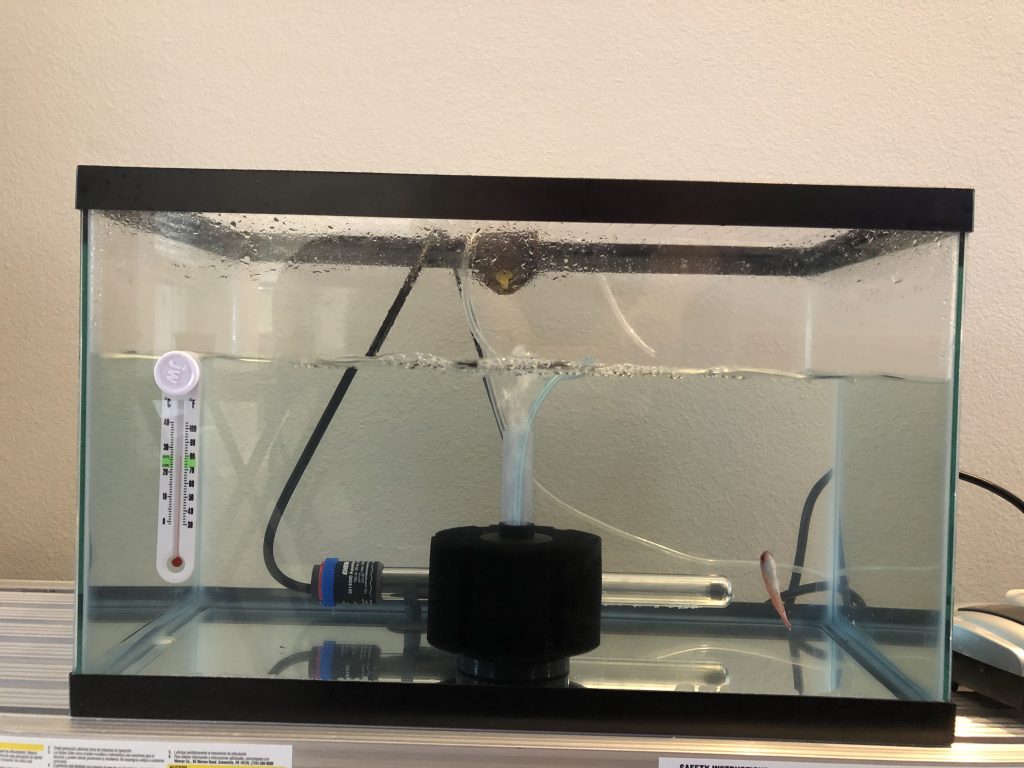
Testing a Fallow DT - The only reliable way to eliminate a fish disease from a reef tank is to starve it out by going fallow: Fallow periods: Going Fishless
You can test to see if a fallow period has been successful by using 2-3 black mollies before introducing your QTd fish back into the aquarium. I advise a 2 week test period before giving the all-clear. You can house the mollies in an acclimation box or low flow area of your sump; or let them swim freely in your DT (they are easy to catch). If evidence of disease presents itself on any one of the mollies, they all need to be removed, treated and the fallow period restarts. Furthermore, these same mollies may no longer be suitable for testing marine diseases in the future. They are now SW fish who have encountered (and possibly started to build up immunity to) a marine disease.
QT Usage - Certain fish (e.g. anthias, mandarins, wrasses) are notoriously sensitive to medications such as copper and Prazipro. This can make it difficult to chemoprophylactically treat them for Ich, velvet, flukes, etc. Compounding the problem is wrasses, clownfish, dragonets and other species have a thick mucous coat which often hides visible physical evidence (i.e. white dots) of parasites. What to do? Black mollies to the rescue!
By quarantining black mollies alongside, this allows you to use them as "canary fish" to detect the presence of disease even if none of the other fish in QT are showing symptoms. This can be done via observation in a medication-free environment. However, I stress the following:
Concerns - I understand some will have ethical concerns about using mollies as "canary fish", and I am sensitive to that. The more I research & experiment, the more I find there is no perfect solution when it comes to quarantining our prized specimens. However, using FW black mollies to test for SW diseases is an accepted practice by Marine Biologists and public aquarium curators. And I feel the science is solid to extend this practice to also include QT environments, for those hobbyists who prefer to just observe and/or less inclined to use meds as a prophylaxis. At the end of the day, the objective of QT is to introduce disease-free fish into the DT by any means possible.
- The observation period does not start until mollies are added to the QT. This should happen as soon as (or even just before) fish are added. Because you are having to wait for any parasites to drop off, encyst and then release free swimmers to infect the mollies observation time should be 4-6 weeks.
- Be aware that not all SW fish are suitable tank mates for mollies. They are easily bullied or even eaten by large aggressive species (e.g. triggers, groupers, eels). So, the mollies may need to be housed in an acclimation box or by using a tank divider.
- Watch the mollies (and all the other fish) for symptoms of disease every single day. So, this is not a reliable method for those with busy schedules, or who will have to leave the QT unobserved due to work/vacation. Watch for visible physical symptoms to manifest (e.g. white dots/splotches), and also behavioral symptoms of disease. Heavy breathing, lack of appetite, scratching, lethargy, head twitching, swimming into the flow of a powerhead are all things which can forewarn you that trouble is on the way.
- Once symptoms of disease have been observed/detected, all fish in the QT must be treated ASAP. This includes the mollies! And again, any mollies who have encountered a SW pathogen should no longer be considered viable for testing marine diseases in the future.
- This method is less reliable for detecting flukes, since those often infect the gills and are more difficult to see when they crawl over the scales. (And they would crawl pretty fast over a small molly.) Still, a molly (dead or alive) can be checked for flukes at any time by performing a FW dip. This is going to sound harsh, but better to FW dip a hardy molly than subject a more delicate specimen to the same test.
However, I stress that once you buy FW black mollies you have a moral obligation to care for them the same as any other fish. They are not "throwaway fish" to be discarded after they have served a purpose. Mollies are "reef safe" algae eaters and adapt well to a reef environment. Or they can be housed in a quiet sump area (e.g. refugium) or as semi-permanent QT inhabitants (until a disease pops up.) You also have the option of just converting them back to full freshwater. However, I urge you to care for them yourself, or rehome them to someone with a dedicated FW tank. Sending them back to a LFS leaves open the possibility that another reefer may purchase them for the same reason, and those mollies might fail to test positive for a disease which they have already been exposed to.









